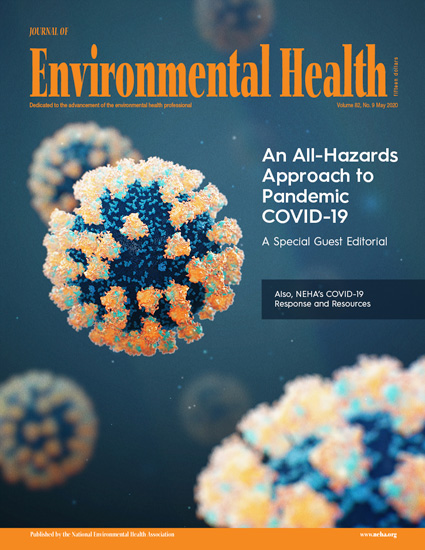微生物农药--与人类健康有关的测试和安全评估的挑战和未来前景
IF 5.3
2区 环境科学与生态学
Q1 ENVIRONMENTAL SCIENCES
引用次数: 0
摘要
为防止病虫害侵袭和破坏作物植株,满足消费者对农产品的需求,必须采取植物保护措施。在过去几十年里,化学农药的使用量大幅增加。农民们正在寻找替代品。生物农药应被视为一种可持续的解决方案。与化学农药相比,生物农药的毒性较低,对目标害虫具有很强的特异性,分解迅速,不易产生抗药性。另一方面,效力较低和成本较高是许多生物农药的两个缺点。生物农药包括大型生物、天然化合物和微生物。微生物农药是使用最广泛、研究最深入的一类生物农药。微生物农药与化学农药的最大区别在于,前者施用后有可能在环境中和作物植株上繁殖。本文重点介绍了欧盟和美国环境保护局对数据的要求,因为在没有生物农药产品地方法规或地方法规模糊的地区,这些法规程序最受关注。介绍并讨论了针对化学农药提出或协调的新方法,以及这些方法在评估微生物农药制剂中的应用。评估微生物本身并不像使用与合成农药相同的、经过验证的新方法那么简单。因此,作者建议考虑专门针对微生物的新方法策略,并随着这些方法的发展,在全球范围内统一这些方法的可接受性。还需要进一步讨论,非常感谢专家们的支持。本文章由计算机程序翻译,如有差异,请以英文原文为准。
Microbial pesticides – challenges and future perspectives for testing and safety assessment with respect to human health
Plant protection measures are necessary to prevent pests and diseases from attacking and destroying crop plants and to meet consumer demands for agricultural produce. In the last decades the use of chemical pesticides has largely increased. Farmers are looking for alternatives. Biopesticides should be considered a sustainable solution. They may be less toxic than chemical pesticides, be very specific to the target pest, decompose quickly, and be less likely to cause resistance. On the other hand, lower efficacy and higher costs are two disadvantages of many biopesticides. Biopesticides include macroorganisms, natural compounds and microorganisms. Microbial pesticides are the most widely used and studied class of biopesticides. The greatest difference between microbial and chemical pesticides is the ability of the former to potentially multiply in the environment and on the crop plant after application. The data requirements for the European Union and the United States Environmental Protection Agency are highlighted, as these regulatory processes are the most followed in regions where local regulations for biopesticide products are not available or vague. New Approach Methods already proposed or harmonized for chemical pesticides are presented and discussed with respect to their use in evaluating microbial pesticide formulations. Evaluating the microbials themselves is not as simple as using the same validated New Approach Methods as for synthetic pesticides. Therefore, the authors suggest considering New Approach Method strategies specifically for microbials and global harmonization with acceptability with the advancements of such approaches. Further discussion is needed and greatly appreciated by the experts.
求助全文
通过发布文献求助,成功后即可免费获取论文全文。
去求助
来源期刊

Environmental Health
环境科学-公共卫生、环境卫生与职业卫生
CiteScore
10.10
自引率
1.70%
发文量
115
审稿时长
3.0 months
期刊介绍:
Environmental Health publishes manuscripts on all aspects of environmental and occupational medicine and related studies in toxicology and epidemiology.
Environmental Health is aimed at scientists and practitioners in all areas of environmental science where human health and well-being are involved, either directly or indirectly. Environmental Health is a public health journal serving the public health community and scientists working on matters of public health interest and importance pertaining to the environment.
 求助内容:
求助内容: 应助结果提醒方式:
应助结果提醒方式:


